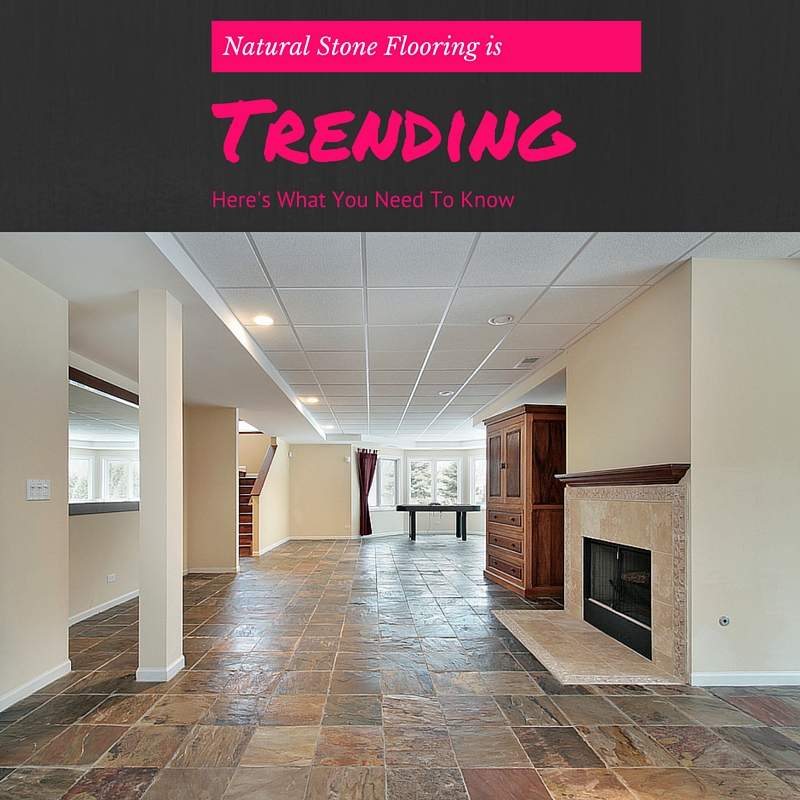When you are trying to pick the flooring type to install for your home renovation, choosing natural stone can add elegance, durability and beauty. You’ll want to make certain to choose the stone that will fit best with your home.
Part of this is understanding what types are available as well as the characteristics and features of each.
There are several different natural stone options that can work well in different rooms of your house.
Travertine Tiles
Travertine tiles are formed out of calcite, and they are a bit softer than limestone. These tiles come in several different earthen hues and come in either polished or porous forms. Because of the porous nature, these tiles do require professional sealing to prevent them from being stained, especially if you have children or pets.
Marble Tiles
A classic choice dating back thousands of years, marble tiles are truly one-of-a-kind. Marble comes in several different shades and is characterized by its veins. The veining of marble occurs while the stone is being formed, making each stone completely unique. Unfortunately, marble is highly porous, making it susceptible to staining and scratching.
Granite Tiles
Granite is a terrific choice for flooring, both when you use it inside as well as outside. Highly lustrous, granite can make your floor shine with a high polish. It is one of the strongest stones available and is just below diamond in hardness. It repels water and can be trusted to stand the test of time. It is a cold stone, so you’ll want to keep that in mind if you are considering it for your flooring.
Slate Tiles
Formed out of metamorphic rock, slate has a very rustic appearance. It is great for providing traction and resistance to slipping. Slate tiles do come in a fairly limited range of darker hues, making that one of its downsides.
Limestone Tiles
Formed from calcitrate, limestone shows the natural striations when it is formed into tiles. This gives it a similar striated appearance to wood flooring. It comes in lighter colors and is very durable, but it does absorb water, making it a better choice for indoor renovations.
Sandstone
Yet another metamorphic stone, sandstone provides terrific traction and is very durable. It is a good choice for bathrooms, kitchens and hallways alike. One limitation is that it lacks much color choice.
With better familiarity with the available types of stone, here are some additional factors you should consider so you can choose the one that’s right for you and your home.
1. Expense
Installing stone flooring tiles requires the use of qualified professionals. Cutting these stones is much more complicated than cutting wood. Installing stone on your home’s subflooring also requires a lot of additional work. You’ll also need to think about other materials that you’ll need, such as grout, plaster or cement. Thinking about where in your home and how large the space is is important, as natural stone flooring is one of the more expensive choices.
2. Purpose
While stone blends beautifully into almost any room in your home, you’ll want to consider how the room is used. For example, slate may be a better option for bathrooms. Children’s bedrooms may not be the best place for most types of natural stone tiles since most are rather hard or prone to staining.
3. Lifestyle
You’ll want to think about the lifestyle you have when you are choosing stone flooring. Pets may not like them. They may also take a longer period of time for installation.
If you are wanting a terrific choice for flooring in your home, choosing stone tiles is definitely a good option. By keeping your tastes and needs in mind, you are sure to find the stone tile that will best fit you and the room in which it will be installed. To learn more about the different options, give the professionals at Flemington Granite a call today. You can also complete your information in our provided contact form, and we will get back to you shortly.



